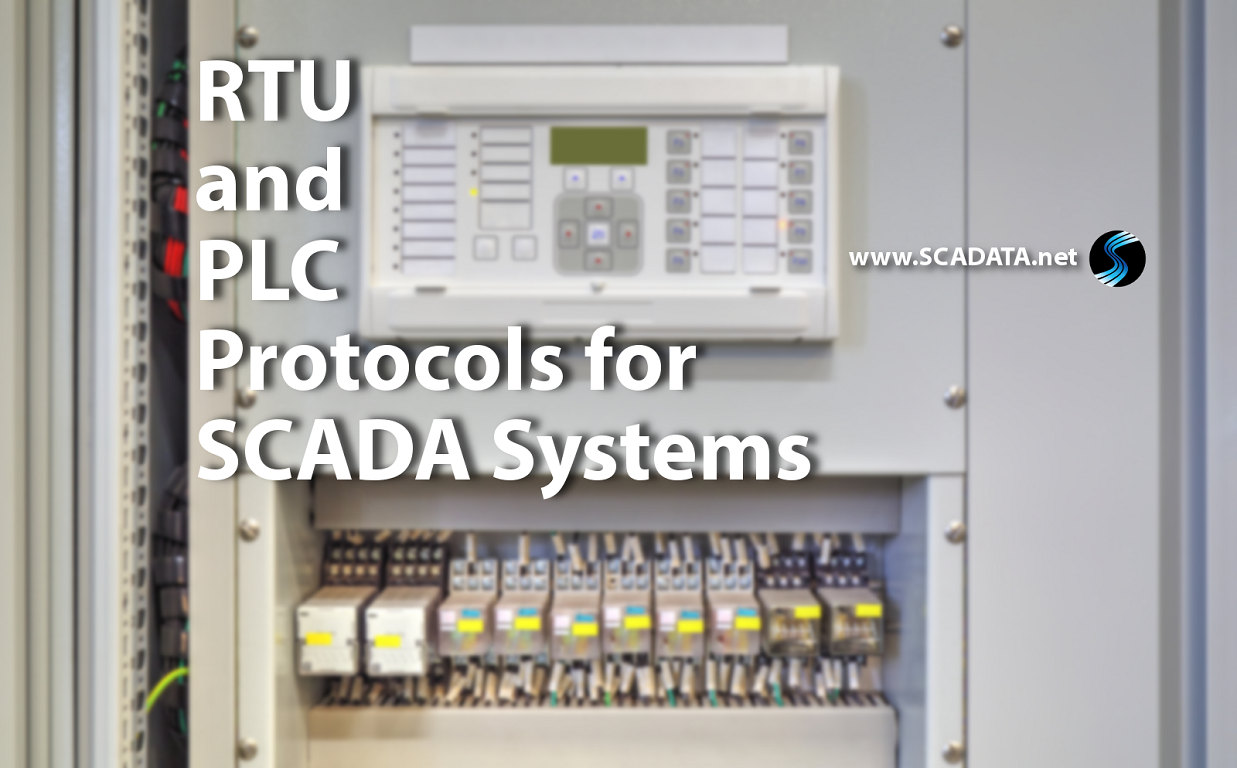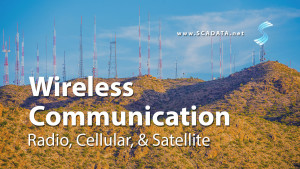Protocols are important for ensuring communication between devices. And there are protocols for all sorts of things. Most of the well-known ones, for example, are related to the Internet (TCP/IP, HTTP, FTP, etc.), but there are others that have been created for specific devices and systems.
Many widely used protocols (such as the Internet protocols mentioned above) have been established by national or industry-wide organizations. They�re considered standard, and many, many devices and applications may use them. The purpose of these protocols is to protect companies by ensuring that systems don’t become obsolete every time a new protocol is developed. It also allows for communication within industries without an entire system overhaul.
Here, we�ll be talking about a few protocols for RTUs and PLCs in SCADA systems.
Vendors often create specific protocols for their own products. These are considered proprietary protocols, and they are only used by products created by that vendor. This can complicate communication in systems made up of devices and applications from multiple vendors.
There are also several non-proprietary protocols which are becoming fairly common.
- Modbus was originally published in 1979 by a company called Modicon. It was created with industrial applications in mind, with the specific purpose of being used to connect PLCs/RTUs to a supervisory computer. It�s considered a standard in the industry, despite having some shortcomings. For example, it has difficulty handling large numbers (whether they�re negative or positive), and there�s no way for field devices to report information unless it�s been requested by the supervisory computer.
There are, however, other Modbus variations, some of which can handle larger numbers and fix other problems found in the original protocol.
- DNP (Distributed Network Protocol) is mainly used in utilities systems (like water or electricity), although it can be used in other industries. Similar to Modbus, DNP is typically used for communication between a master/supervisory computer and the devices in the field, such as RTUs and PLCs. It was specifically designed with reliability in mind, in order to protect against issues like electromagnetic interference and the aging of system components. This protocol has gone through several changes and currently is in its third version.
- IEC 60870 (International Electrotechnical Commission 60780) is another set of standards sometimes used in SCADA systems. It�s mostly used in power transmission and distribution systems, and is used in many countries around the world. Like Modbus and DNP, when IEC is used in a SCADA system application, it�s generally to allow communication between RTUs, a supervisory computer, and IEDs, or intelligent electronic devices.
These are all fairly standard protocols for field devices in SCADA systems. As innovations and improvements continue to be made, companies who use SCADA systems may shift away from proprietary protocols and toward more standardized setups. Check here to learn more about protocols in SCADA systems.




